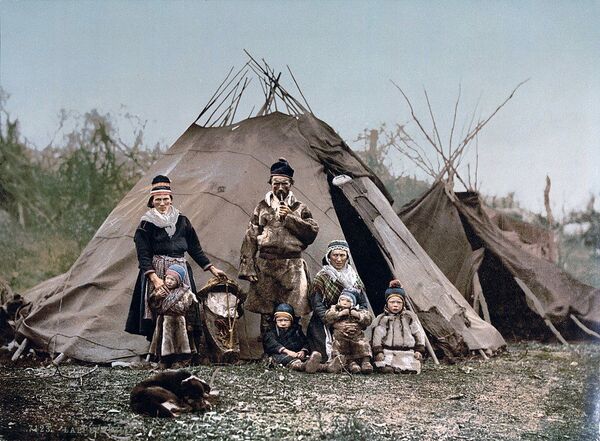Having examined the remains of the people who were buried underwater, in a lake located in Finland's Isokyro region, Finnish scientists have discovered that the deceased were related to the modern-day Sami people, thus possibly shedding light on the nature of ancient migration in Europe.
According to the Daily Mail, while the exact reasons for the burying of people in this manner are unclear, the water burial, which is apparently unique to Finland, ensured that the remains of the deceased were “exceptionally well-preserved”, allowing the researchers to successfully date them to a time period between 400 and 800 AD.
As the media outlet points out, the site in question – the spring of Levanluhta – is the largest Iron Age burial site in the country, which yielded some 75 kg of bone material from approximately 98 individuals, along with artefacts such as precious brooches and armbands, since its discovery in the 1800s.
Scientists also determined that the majority of the remains belong to women and children, which, along with the lack of any contemporary settlements next to the lake, led them to suspect that it was used to inter people “who were different in some sense, or belonged to a specific group within the society".
"The Levänluhta project demands further studies, not only to broaden the DNA data but also to understand the water burials as a phenomenon", study author Kristiina Mannermaa of the University of Helsinki said, noting that "The question 'Why?' still lies unanswered".


